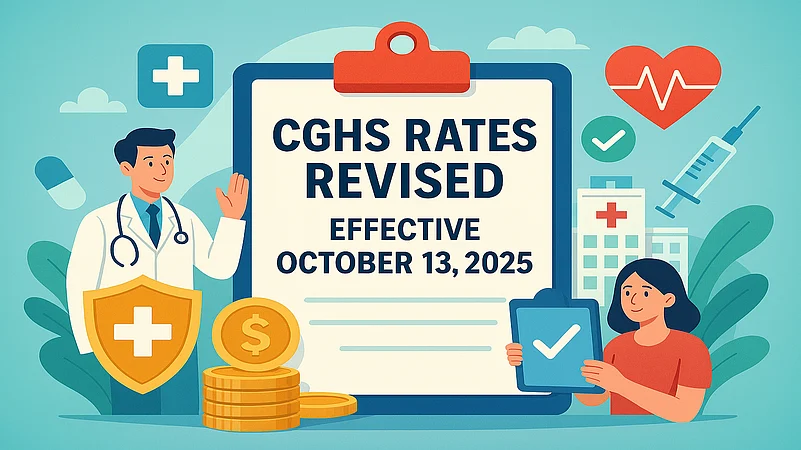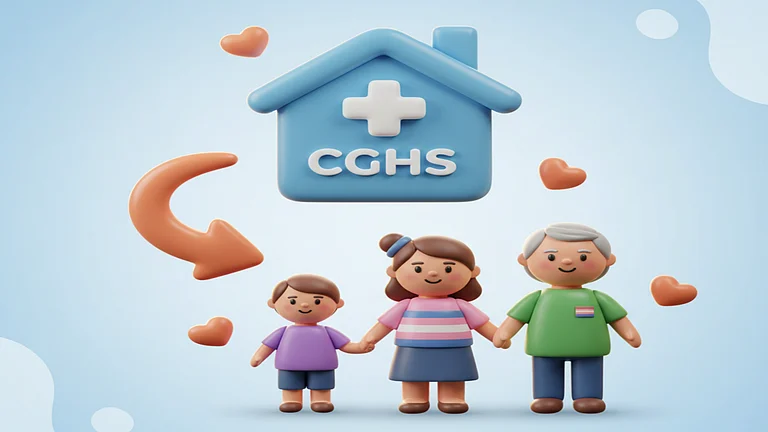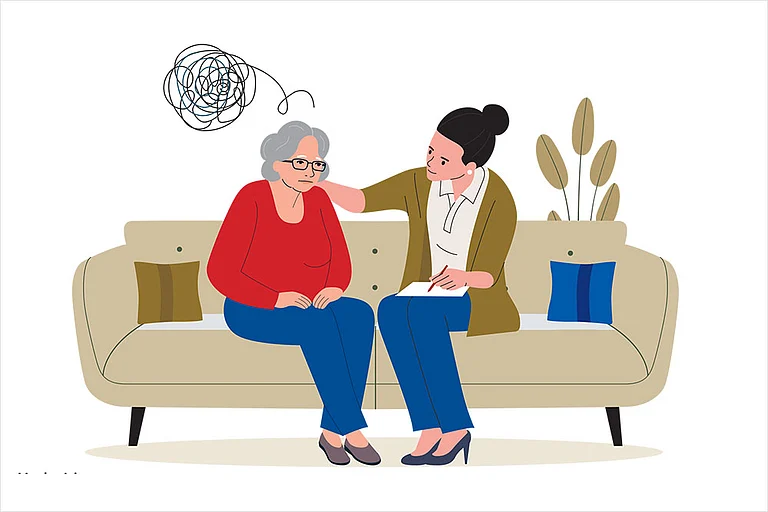
Summary of this article
· Revised CGHS rates to take effect from October 13, 2025
· Changes benefit central government employees and pensioners
· Aim to improve access to cashless healthcare services
The government has notified the revised rates for the central government health schemes (CGHS) on October 3, 2025, which will be effective from October 13, 2025. The revised package is a significant change from the existing CGHS rates. The changes will apply to the healthcare services at CGHS-empanelled Healthcare Organisations (HCOs), medical reimbursement claims of serving employees and pensioners, and cashless treatment extension for pensioners and other specified categories.
It has long been a contention of the government employees that hospitals do not offer them cashless treatment, and reimbursement takes months for settlement. At the same time, hospitals had the complaints that they do not get timely payment, the rates are also very low, and thus, they avoid offering cashless treatments.
To address this issue, the revised rates are now linked to the hospital type, accreditation status, concerned city, or ward entitlement, so that empanelled hospitals provide cashless treatment to the eligible beneficiaries.
Further, the office memorandum of the Ministry of Health and Family Welfare (MoHFW) dated October 3, 2025, explains that in exceptional circumstances, when the treatment is taken from a non-empanelled private hospital, the reimbursement will be restricted to the rates applicable for Non-NABH (National Accreditation Board for Hospital for Healthcare Providers) rates of the respective city.
Now the CGHS changes are extended to around 2000 medical procedures, for which the new rates are:
• Non-NABH and Non-NABL HCOs will offer treatment at 15 per cent lower rates than NABH or NABL (National Accreditation Board for Testing and Calibration of Laboratories) accredited.
• HCOs super specialty hospitals' rates will be 15 per cent higher than NABH-accredited hospitals in the same city category.
• HCO rates in Tier II cities will be 10 per cent lower and Tier III cities will be 20 per cent lower compared to the rates of HCOs in Tier I cities. (Tier II rates will apply in the North-East region and Union Territories of Jammu and Kashmir and Ladakh).
• These rates are for a semi-private ward. For the general ward, the rates will be 5 per cent lower, and for the private ward the rate will be 5 per cent higher.
• For consultations, day care procedures, radiotherapy, investigations, and minor procedures that do not require admission, uniform rates will apply for all types of wards.
• For cancer surgery, the existing rates will apply, but for chemotherapy, investigations, and radiotherapy, revised rates will be applicable.
CGHS is a heathcare facility provided to the central government employees, their widows, central government pensioners, except pensioners belonging to Railways and the Armed Forces, Delhi Police personnel and their families, Railway Board employees, among others. At present, CGHS centres are available in 80 cities.
The revised rates are expected to benefit CGHS beneficiaries by encouraging healthcare providers for offering cashless services. And when they offer cashless services, beneficiaries wouldn't need to shell out money from their pocket to get the treatment.


















